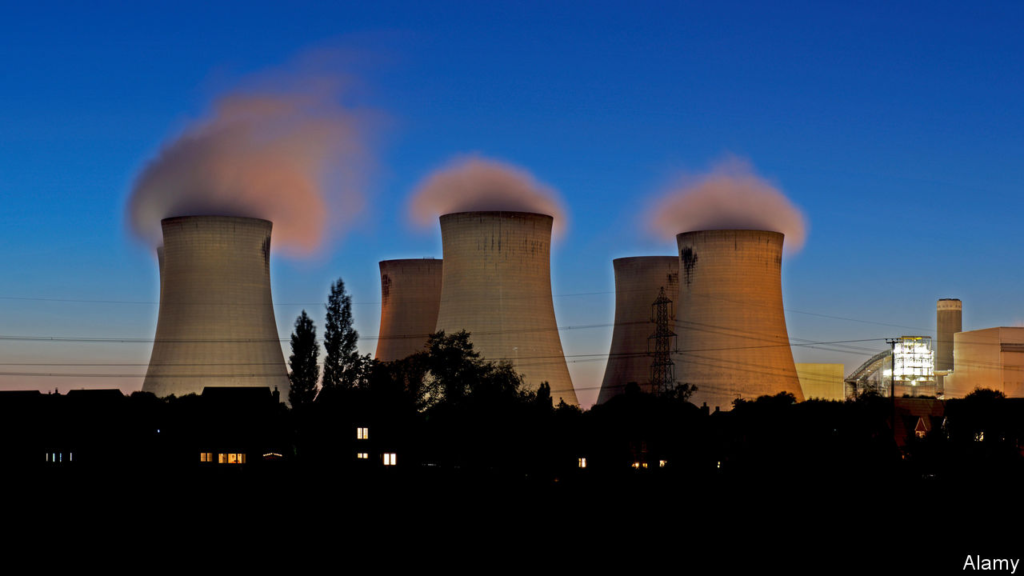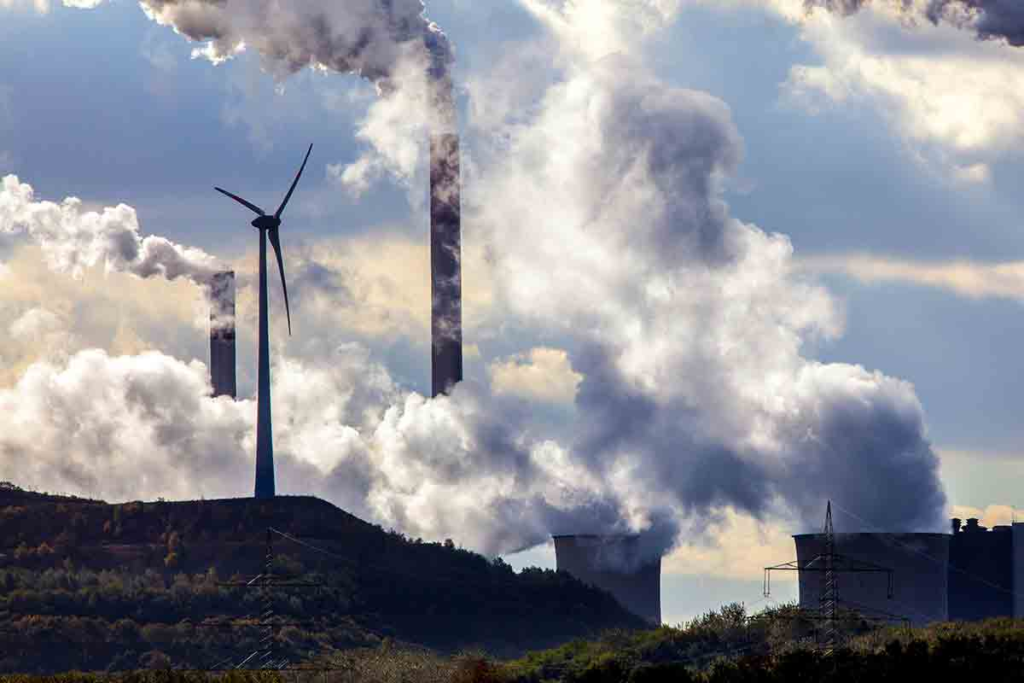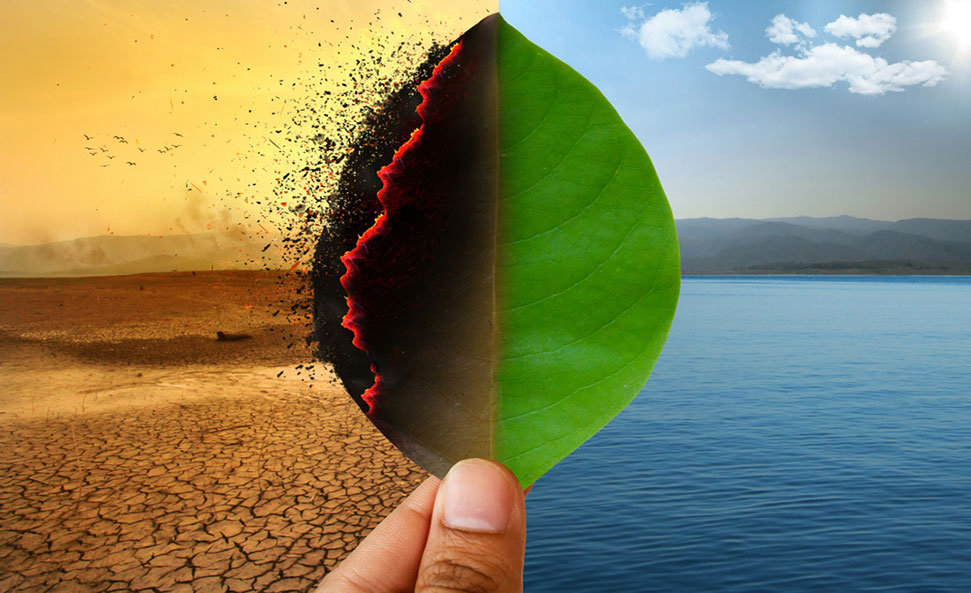Hello everyone;
This time I wanted to write a few articles about climate change, which is the biggest problem of our planet.
I wanted to show the information about why climates are changing based on DSİ sources.
If we go in order
Content
WHAT CAUSES CLIMATE CHANGE?

The Earth’s climate is influenced by many factors, from the amount of energy from the sun, to the amount of greenhouse gases and aerosols in the atmosphere, to the characteristics of the Earth’s surface that determine how much of the sun’s energy is captured or reflected. The concentrations of greenhouse gases such as Carbon Dioxide (CO2), Methane (CH4) and Nitrogen (N2O) in the atmosphere have increased significantly since the beginning of the industrial revolution. This is largely due to human activities such as fossil fuel use, land use changes and agriculture. For example, the concentration of carbon dioxide in the atmosphere today is higher than it has been in the last 650,000 years and has been increasing much faster in the last decade than it has been measured since measurements began in 1960. As a result, it is generally accepted that human activities since 1750 have had a global warming effect on the Earth.
WHAT CHANGES IN CLIMATE HAVE BEEN OBSERVED SO FAR?

Observed changes in climate
Today, global warming is an indisputable fact. There are many studies showing that air and ocean temperatures are rising, snow and glaciers are melting extensively and sea levels are rising. More specifically, 11 of the last 12 years (1995-2006) have been among the 12 warmest years since global temperatures were measured in 1850. Over the last century (1906 – 2005), global temperature has increased by 0.74°C. During the 20th century, global sea level rose by 17 cm due to melting snow and glaciers in the mountains and polar regions. In addition, regional changes have been observed in temperature and ice in Antarctica, ocean salinity, wind patterns and droughts, precipitation and tropical cyclones. Compared to the previous 1300 years, temperatures in the last half century are quite unusual. The last time the polar regions were warmer than today was 125 000 years ago, and there was a 4 to 6 meter rise in sea level. Impacts Causing Climate Change Today
Most of the observed increases in global temperature over the last 50 years have been caused by human-induced greenhouse gas emissions.
WHAT ARE THE EXPECTED CHANGES FOR THE 21ST CENTURY AND IN THE LONG TERM?

21st century projected temperature changes
Over the next 20 years, the average global temperature is expected to increase by around 0.2°C per decade. Continued greenhouse gas emissions at or above current rates will lead to further increases in global temperature in the 21st century and more climatic
will lead to change. According to the 2000 Intergovernmental Panel on Climate Change (IPCC) Scenarios, which envisage no further mitigation measures beyond the additional mitigation measures taken in 2000, the best estimates of global temperature rise from 1980 to the end of the 21st century range from 1.8°C (1.1 – 2.9°C) to 4°C (2.4 – 6.4°C). By the end of the 21st century, global sea level is expected to rise by an average of 18 to 59 cm. Warming is expected to be greatest over land and in the northern high latitudes and least in the Southern Ocean and various parts of the North Atlantic Ocean. Other changes will include acidification of the oceans, reduced snow surface and sea ice, more frequent heat waves, intense rainfall and more severe tropical cyclones. Even if greenhouse gas emissions in the atmosphere are stabilized, warming and sea level rise caused by human activities will continue for centuries. If warming continues to increase over the century, this will lead to the complete melting of the Greenland ice sheet and a 7 meter rise in global sea level.
WHAT FACTORS INFLUENCE THE WORLD CLIMATE?

The climate system is a complex and interacting system consisting of the atmosphere, the earth, snow and glaciers, oceans and other water resources, and living organisms. The atmospheric component of the climate system determines climate, which is generally defined as average weather events. Climate is generally defined as the occurrence of changes in temperature, precipitation and winds over a period ranging from months to millions of years (the average time frame is 30 years). The climate system evolves over time, under the influence of its own internal dynamics and changes in external factors affecting the climate. External factors include natural phenomena such as volcanic eruptions and changes in solar temperature, as well as anthropogenic factors that change the structure of the atmosphere. Radiation from the sun is the driving force of the climate system. There are three main ways to change the Earth’s radiation balance:
- Changing the radiation from the Sun (e.g. changing the Earth’s orbit or the position of the Sun
- Changing the amount of reflected solar radiation (e.g. changes in cloudiness or atmospheric particles)
- Modifying long-wave radiation from Earth back into space (e.g. changing the concentration of greenhouse gases in the atmosphere)
As a result, the climate responds to such changes indirectly or directly through various feedback mechanisms.
WHAT IS THE RELATIONSHIP BETWEEN CLIMATE CHANGE AND WEATHER?

Climate change is broadly defined as the average weather, and weather and climate change are intertwined. Observations point to noticeable changes in weather patterns, and these changes in weather patterns can be attributed to
Statistics on climate change can also be defined as climate change. While climate and weather are closely related, there are also important differences between them. A common misconception is that scientists cannot predict the weather a few weeks from now, but how can they know the climate 50 years from now? The complex nature of weather means that predicting weather beyond a few days
to predict climate change. Predicting changes in climate due to the structure of the atmosphere or other factors is a different and more manageable problem. As an analogy, it is not known exactly at what age a person will die, whereas the average age of death for men in industrialized countries is around 75. Another common misconception is that a cold winter or a cold winter in the
is evidence against global warming. As the climate changes, there will always be extremes of heat and cold, albeit of varying frequency and intensity. But when the weather is measured averaged over space and time, the data shows that the globe is warming. is coming out.
WHAT IS THE GREENHOUSE EFFECT?

The sun radiates heat with very short wavelengths, mostly in the visible or semi-visible part of the spectrum (e.g. ultraviolet), and is a major driver of climate. Roughly one-third of the solar energy reaching the Earth’s atmosphere is directly reflected back into space. The remaining two-thirds is absorbed by the earth and to a lesser extent by the atmosphere. Because the Earth is much cooler than the Sun, it emits much longer waves of radiation, especially in the infrared part of the spectrum. This thermal radiation emitted by the earth and oceans is absorbed by the atmosphere, including clouds, and radiated back to the earth. This is called the greenhouse gas effect. Glass walls in a greenhouse reduce the air flow and increase the air temperature inside. Similarly, but after a different physical process, the Earth’s greenhouse effect warms the planet’s surface. Without the natural greenhouse effect, the average temperature of the Earth’s surface would be below the freezing point of water. Therefore, the Earth’s natural greenhouse effect can be said to have made life as we know it today possible. However, human activities, especially the use of fossil fuels and deforestation,
has increased the natural greenhouse effect, leading to global warming.
HOW HUMAN ACTIVITIES AFFECT CLIMATE CHANGE

Human activities cause climate change by affecting greenhouse gases, aerosols and cloudiness in the Earth’s atmosphere. The biggest known cause of human activity is the burning of fossil fuels, which releases carbon dioxide into the atmosphere. Greenhouse gases and aerosols affect climate change by altering the balance between thermal (infrared) radiation from the sun and thermal radiation reflected from the Earth’s crust, which forms part of the Earth’s energy balance. Changes in the amount and properties of these gases and particles in the atmosphere lead to a warming or cooling in the climate system. Since the beginning of the industrialization period (1750), human impacts on the atmosphere have been mostly directed towards warming. During this period, human impacts on climate have greatly exceeded the changes that occur as a result of natural processes.
HOW IS THE EARTH’S TEMPERATURE CHANGING?

Observations show that over the past 157 years, the earth’s temperature has increased on a global scale, with regional variations. On a global average, the warming over the last century has occurred in two phases: from the 1910s to the 1940s (0.35°C) and from the 1970s to the present (0.55°C). The increasing rate of warming has occurred mostly in the last 12 years, with 11 of the 12 warmest years on record occurring in the last 12 years. Global warming is evidenced by warming oceans, rising sea levels, melting polar ice caps and a decrease in Arctic snow cover.
WHAT ARE THE CHANGES IN RAINFALL?

Observations show variations in the amount, intensity, frequency and type of precipitation. These characteristics of precipitation vary greatly from region to region. Between 1900 and 2005, trends in precipitation patterns show that precipitation increased in Northeast and South America, Northern Europe and Northern and Central Asia, while it decreased in the Sahel, Southern Africa, the Mediterranean and South Asia. In the northern regions, precipitation is now more likely to occur as rain rather than snow. These changes are accompanied by an increase in evaporation rates due to the warming of the world’s oceans. In addition, there has been an increase in droughts and floods in various parts of the world.
TODAY’S CLIMATE CHANGE

Climate has changed to varying degrees throughout the history of the world. While some aspects of today’s climate change are normal, much of it is extraordinary. Atmospheric CO2 concentrations have reached record highs compared to those of the past half a million years, and this is happening at a high rate. Today, global temperatures are much higher than they have been in the past five centuries.
If warming continues unabated, the effects of climate change will have geographically unpredictable consequences in the current century. Another unusual reason for the current climate change is that while past climate changes have been due to natural phenomena, the current change is more likely to be caused by human activities.





